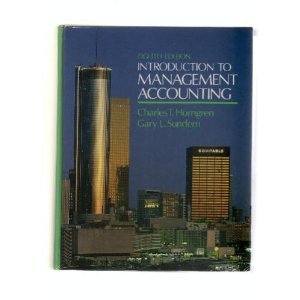Answered step by step
Verified Expert Solution
Question
1 Approved Answer
Balance Sheet December 31, Year 2 and Year 1 (in thousands of dollars) Assets Current assets: Cash Accounts receivable, net Inventory Prepaid expenses Total current
Balance Sheet December 31, Year 2 and Year 1 (in thousands of dollars) Assets Current assets: Cash Accounts receivable, net Inventory Prepaid expenses Total current assets Plant and equipment, net Total assets Liabilities and Stockholders' Equity Current liabilities: Accounts payable Accrued liabilities Notes payable, short term Total current liabilities Bonds payable Total liabilities Stockholders' equity: Common stock, $2 par value Additional paid-in capital Retained earnings Total stockholders' equity Total liabilities & stockholders' equity Income Statement For the Year Ended December 31, Year 2 (in thousands of dollars) Sales (all on account) Cost of goods sold Gross margin Selling and administrative expense Net operating income Interest expense Net income before taxes Income taxes (30%) Net income $ 1,450 910 540 435 105 20 85 26 $ 59 Year 2 Year 1 $ 200 320 $ 290 340 290 260 20 20 830 1,060 910 1,140 $ 1,890 $ 2,050 $ 260 $ 290 50 50 40 40 350 380 250 420 600 800 200 200 330 330 760 720 1,290 1,250 $ 1,890 $ 2,050 Dividends on common stock during Year 2 totaled $19 thousand. The market price of common stock at the end of Year 2 was $9.90 per share. Required: Compute the following for Year 2: a. Gross margin percentage. (Round your answer to 1 decimal place.) b. Earnings per share. (Round your answer to 2 decimal places.) c. Price-earnings ratio. (Do not round intermediate calculations. Round your answer to 1 decimal place.) d. Dividend payout ratio. (Do not round intermediate calculations. Round your "Percentage" answer to 1 decimal place.) e. Dividend yield ratio. (Round your "Percentage" answer to 2 decimal places.) f. Return on total assets. (Do not round intermediate calculations. Round your "Percentage" answer to 2 decimal places.) g. Return on equity. (Round your "Percentage" answer to 2 decimal places.) h. Book value per share. (Round your answer to 2 decimal places.) i. Working capital. (Input your answer in thousands of dollars.) j. Current ratio. (Round your answer to 2 decimal places.) k. Acid-test (quick) ratio. (Round your answer to 2 decimal places.) I. Accounts receivable turnover. (Round your answer to 2 decimal places.) m. Average collection period. (Use 365 days in a year. Do not round intermediate calculations. Round your answer to 1 decimal place.) n. Inventory turnover. (Round your answer to 2 decimal places.) o. Average sale period. (Use 365 days in a year. Do not round intermediate calculations. Round your answer to 1 decimal place.) p. Times interest earned ratio. (Round your answer to 2 decimal places.) q. Debt-to-equity ratio. (Round your answer to 2 decimal places.) a. Gross margin percentage b. Earnings per share c. Price-earnings ratio d. Dividend payout ratio e. Dividend yield ratio f. Return on total assets g. Return on equity h. Book value per share i. Working capital % % % % % j. Current ratio k. Acid-test ratio I. Accounts receivable turnover m. Average collection period n. Inventory turnover o. Average sale period p. Times interest earned ratio q. Debt-to-equity ratio days days
Step by Step Solution
There are 3 Steps involved in it
Step: 1

Get Instant Access to Expert-Tailored Solutions
See step-by-step solutions with expert insights and AI powered tools for academic success
Step: 2

Step: 3

Ace Your Homework with AI
Get the answers you need in no time with our AI-driven, step-by-step assistance
Get Started


